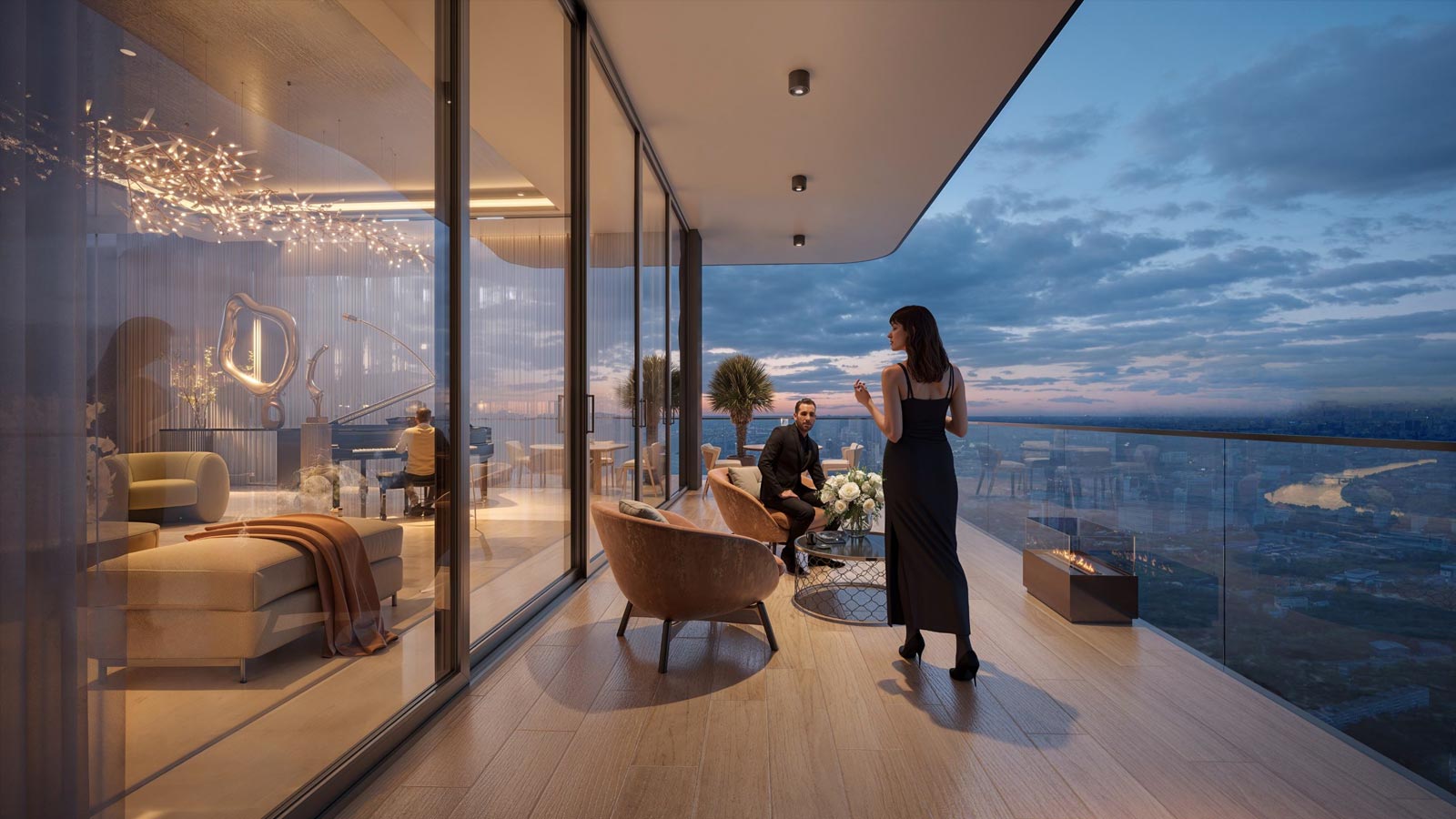Fractional CO₂ laser involves delivering controlled laser energy into the skin in a “fractionated” pattern—that is, the laser creates many micro‑thermal zones (tiny columns of damage) while leaving much of the surrounding skin intact. The untouched skin helps heal faster, while the treated zones stimulate skin renewal and repair. Fractional CO2 laser in Islamabad is becoming a popular choice for people looking to rejuvenate their skin and reduce acne scars effectively.
The reason this approach is relevant for texture is that by triggering new skin growth, collagen and elastin formation, improving skin thickness and barrier function, the skin becomes healthier, smoother, and more uniform in texture.
Uneven skin texture can appear as rough patches, fine lines, enlarged pores, acne scarring, sun‑damage marks or an irregular surface. These issues reflect underlying structural changes—loss of collagen, damage to the outer skin layer, disrupted skin repair, and environmental stress. The fractional CO₂ laser addresses several of those at once.
How Fractional CO₂ Laser Improves Texture
There are several mechanisms by which this treatment can improve skin’s texture:
1. Skin Barrier Repair and Renewal
When damaged skin cells, rough patches, sun‑damaged layers are removed by the micro‑injuries, the body responds by replacing them with healthier, regenerated skin. Some research shows that after fractional CO₂ treatment the skin barrier function improves (lower trans‑epidermal water loss) and water content of the outer skin layers increases.
This means the skin is better able to hold moisture rather than losing it, which is a key component of good texture and healthy appearance.
2. Stimulation of Collagen and Elastin
The laser penetrates into dermal layers and stimulates fibroblasts to generate new collagen and elastin. Rendering this new structural support improves how the skin feels and looks: firmer, smoother and less bumpy. A firmer, smoother surface reflects light better and gives the appearance of improved texture.
Also, the healthier internal structure helps the skin hold on to moisture better (less sag, fewer crevices, better cell alignment).
3. Improved Micro‑circulation and Skin Renewal
The controlled damage triggers an inflammatory/healing response which kicks off heightened micro‐circulation locally. Better circulation means improved nutrient supply to the skin cells, quicker clearance of waste, and more efficient renewal of skin layers. This often results in fresherlooking skin, better tone and texture.
4. Resurfacing of Dull, Rough or Damaged Outer Layers
Uneven texture often comes from rough outer layers, sun damage, buildup of dead cells, or irregular healing after acne. The fractional laser resurfaces the skin: it removes or remodels these old layers and allows new smooth skin to emerge. The result: smoother surface, fewer rough patches, improved “feel” of the skin.
By combining the above effects, you get both structural improvement (collagen + barrier + circulation) and surface improvement (resurfacing) — a potent combo for texture.
Benefits Specifically for Texture
- By improving the skin’s barrier and reducing its “leakiness”, fractional CO₂ laser can help the skin retain moisture more effectively, which tends to make skin feel smoother and more supple.
- Smooth, firm skin reflects light better, so improved texture and firmness lead to a more uniform “look” (less shadowing from irregularities) and flattened surface.
- It addresses multiple causes at once: not just roughness or uneven texture, but also fine lines, pores, sun damage, and loss of elasticity.
- The results tend to be long‑lasting, because the skin is regenerated rather than just superficially polished. The collagen and elastin rebuild over months, so improvements continue after the treatment.
- Because it’s non‐surgical, it offers a means of meaningful improvement in skin quality (texture) without the risk, cost, and recovery of a full surgical resurfacing.
What to Expect & Realistic Timeline
- In the initial days after treatment you may experience redness, warmth, mild swelling, and some peeling or flaking as the outer layers shed and new layers form.
- Within about a week you should see smoother texture and early improvements in how the skin feels.
- Over the following 4‑12 weeks, as collagen and elastin continue to rebuild, you’ll start to see deeper improvements in firmness, texture, and uniformity of the skin.
- The “texture” result is often gradual and improving over months; the best results may come after multiple sessions spaced out.
- Depending on skin condition (sun‑damage, acne scarring, ageing), one session may significantly help; for more severe texture issues (acne scars, very rough skin) multiple sessions may be needed.
Maximising Your Texture Results
- Pre‑treatment optimisation: Ensuring your skin is in good condition (hydrated, minimal active inflammation, not sunburned) can help the treatment perform better and reduce risk of complications.
- Aftercare & support: Proper aftercare is crucial—using gentle hydrating moisturisers, avoiding strong actives (like exfoliants) for a time, protecting from sun exposure, following the dermatologist’s instructions. Studies show that supporting the skin post laser with appropriate serums or barrier‑repair products further enhances healing and results.
- Sun protection: Because the skin has been treated and is in healing mode, it is more vulnerable. For texture improvements to last, avoiding new sun damage is vital.
- Avoid aggressors: For a while after treatment, avoid harsh exfoliants, strong acids, extended sun exposure or aggressive skincare treatments that may disrupt the healing microcolumns.
- Maintain hydration: Drink enough water, use moisturisers suitable for your skin type, support your skin health with lifestyle (sleep, diet, stress relief) — all these help the skin restore texture.
- Follow up sessions & maintenance: Because collagen rebuild takes time and may be partial, maintaining results often means occasional follow‑ups, good skincare routine and not reverting to behaviours that caused roughness originally (sun exposure, smoking, poor diet, lack of sleep).
Who Is It Best For?
- Individuals with rough, uneven skin texture who want it smoother and more refined.
- Those whose skin looks “dull”, “tired” or “uneven” because of sun damage, environmental stressors, or ageing.
- People who are not ready for surgical or very aggressive interventions but want meaningful improvement in skin quality.
- Important: people with very sensitive or compromised skin, or those with certain skin types (for example very dark skin tones) may have higher risk of complications (pigmentation changes) and so should consult an experienced provider with a customised plan.
In Summary
Fractional CO₂ laser is not just about smoothing wrinkles or reducing scars. When used well it is a powerful tool for improving uneven skin texture—by repairing the barrier, stimulating internal skin repair, resurfacing the outer layer, and improving micro‐circulation and structure. The net effect: skin that looks fresher, firmer, more luminous and better able to hold moisture.
To maximise the benefit, patients must combine the treatment with good aftercare, sun protection, proper skincare and realistic expectations. With that, the result can be more than just “less rough” — it can be “smoothed, refined, healthier surface that feels better tomorrow than yesterday.”





